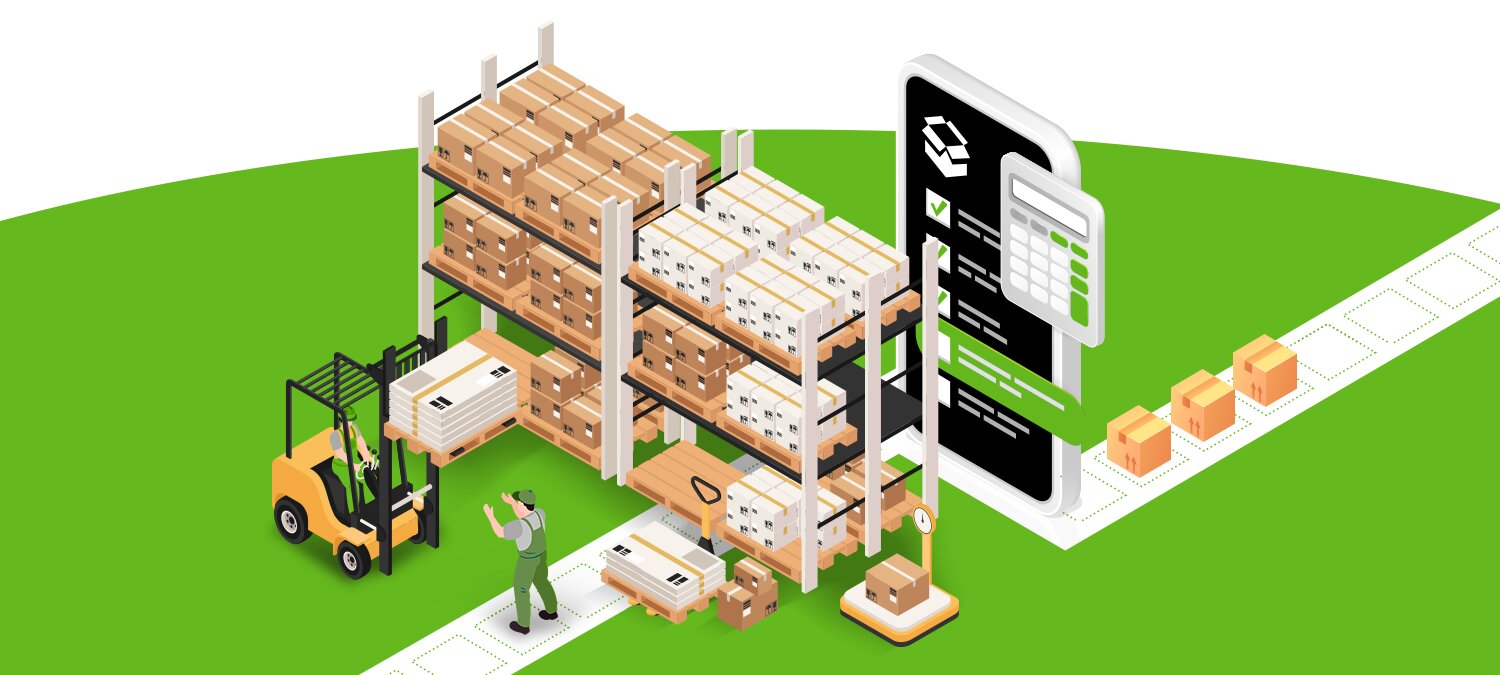Introduction to BIO LAB Software Systems
BIO LAB software systems are integrated solutions designed to manage and automate laboratory processes. These systems are crucial for labs looking to improve efficiency, ensure data integrity, and maintain regulatory compliance. Whether you are running a clinical lab, research lab, or industrial lab, BIO LAB software systems offer tailored solutions to meet your specific needs.

-
Key Features of BIO LAB Software Systems
- Data Management:
- Centralized data storage for easy access and retrieval.
- Automated data entry to minimize human error.
- Advanced search and filtering options.
- Data Management:

- Sample Tracking:
- Barcode and RFID integration for real-time sample tracking.
- Chain-of-custody documentation.
- Automated alerts for sample status updates.

- Workflow Automation:
- Customizable workflows to fit lab-specific processes.
- Automated scheduling of tasks and experiments.
- Integration with laboratory instruments for seamless data transfer.
- Reporting and Analytics:
- Predefined and customizable report templates.
- Real-time data analytics and visualization.
- Compliance reporting for regulatory standards.

- Quality Control:
- Automated quality control checks and validations.
- Real-time monitoring of quality metrics.
- Audit trails for traceability and compliance.
- User Management:
- Role-based access control to ensure data security.
- User activity logs for accountability.
- Multi-user collaboration features.

-
- Regulatory Compliance:
- Built-in compliance with industry standards (e.g., GLP, GMP, FDA).
- Automated documentation for audits.
- Continuous updates to comply with new regulations.
- Integration Capabilities:
- Seamless integration with existing lab equipment and software.
- API support for custom integrations.
- Cloud-based and on-premise deployment options.
Create Test Invoice:
- Regulatory Compliance:

Implementation Process
Implementing a BIO LAB software system involves several steps to ensure a smooth transition and optimal performance.
- Needs Assessment:
- Conduct a thorough assessment of your lab’s requirements.
- Identify key processes and areas for improvement.
- Vendor Selection:
- Research and compare different BIO LAB software vendors.
- Consider factors such as features, scalability, and customer support.

- System Customization:
- Work with the vendor to customize the software to your lab’s needs.
- Configure workflows, user roles, and integrations.
- Data Migration:
- Plan and execute the migration of existing data to the new system.
- Ensure data integrity and accuracy during the transfer.

Training and Onboarding:
- Provide comprehensive training for lab staff on the new system.
- Offer ongoing support and resources for troubleshooting.

Go-Live and Monitoring:
- Launch the BIO LAB software system and monitor its performance.
- Collect feedback from users and make necessary adjustments.

Benefits of BIO LAB Software Systems
-
Increased Efficiency:
- Automation of routine tasks frees up time for more critical activities.
- Streamlined workflows reduce turnaround times for experiments and tests.
-
Enhanced Data Accuracy:
- Automated data entry minimizes human error.
- Real-time data validation ensures accuracy and reliability.

This feature allows users, such as administrators or lab managers, to create and manage templates for tests or laboratory procedures. Templates could include predefined settings, parameters, or configurations that streamline the process of creating new tests or lab orders.
- Lab Departments
This feature enables users to define and manage different departments within a laboratory or testing facility. Lab departments may represent different areas of specialization or specific functions within the laboratory, and this setting allows for the organization and management of these departments using lab report software.
- Lab / Test Samples

This setting likely involves the configuration and management of lab or test samples. It could include defining sample types, labeling conventions, and other details related to handling and processing samples in a laboratory or testing environment.
- Doctor Register

This feature allows for the registration and management of information related to doctors. It could include details such as names, contact information, specialties, and other relevant data about healthcare professionals who interact with the system, particularly in the context of ordering or overseeing lab tests , facilitated by laboratory data management system.
Cost Savings:
-
- Reduced manual labor and resource wastage lower operational costs.
- Efficient resource management maximizes ROI.
Conclusion
BIO LAB software systems are indispensable tools for modern laboratories seeking to enhance efficiency, accuracy, and compliance. By automating routine tasks, centralizing data management, and providing advanced analytics, these systems enable labs to focus on their core mission: scientific discovery and innovation. Whether you are upgrading your existing system or implementing one for the first time, understanding the features, implementation process, and benefits of BIO LAB software systems is crucial for making an informed decision.
“This guide is brought to you by the professionals at Mindgigs.”




